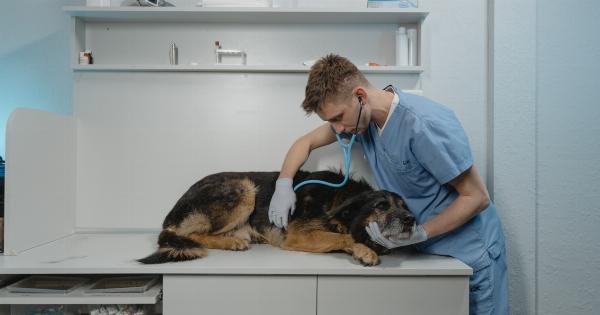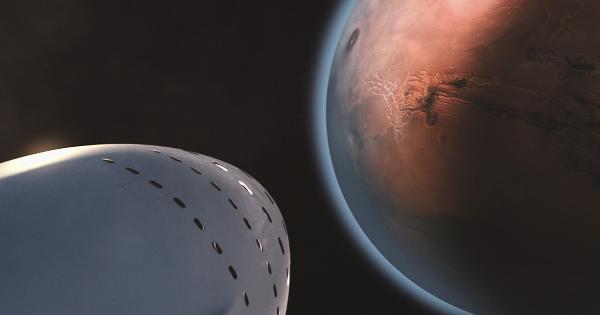Invasive gastroenterology is a specialized field that deals with the diagnosis and treatment of various digestive system disorders.
Over the years, new technologies and techniques have emerged, helping gastroenterologists perform complex procedures with higher precision and success rates. In this article, we will discuss some advanced techniques in invasive gastroenterology that have drastically enhanced patient outcomes.
Endoscopic Submucosal Dissection (ESD)
Endoscopic Submucosal Dissection or ESD is an advanced endoscopic technique that enables the removal of large-sized tumors in the digestive tract.
Unlike traditional endoscopic procedures where small portions of the tumor are removed, ESD involves carefully dissecting the entire tumor layer by layer. This technique ensures that the entire tumor is removed, improving patient outcomes.
Endoscopic Retrograde Cholangiopancreatography (ERCP)
Endoscopic Retrograde Cholangiopancreatography or ERCP is an invasive procedure that combines endoscopy and X-rays to diagnose and treat disorders of the bile ducts and pancreas.
An endoscope is inserted into the mouth and passed through the digestive tract to reach the bile ducts and pancreas. ERCP is considered a technically challenging procedure and requires extensive training and expertise.
Intragastric Balloon (IGB)
Intragastric Balloon or IGB is an advanced weight loss technique that involves inserting an inflated balloon into the stomach to reduce its volume.
This technique helps patients lose weight by creating a feeling of fullness and reducing the amount of food that can be eaten at one time. IGB is a non-surgical technique and can be performed on an outpatient basis.
Endoscopic Ultrasound (EUS)
Endoscopic Ultrasound or EUS is a technique that combines endoscopy and ultrasound to obtain high-resolution images of the digestive tract and surrounding organs.
EUS is commonly used to diagnose and stage gastrointestinal cancers and other abnormalities in the digestive system. This technique is invasive and requires specialized training and expertise.
Capsule Endoscopy
Capsule Endoscopy is an advanced technique that enables the examination of the small intestine by swallowing a small, pill-sized camera that takes continuous pictures of the digestive tract.
The images are transmitted to a recorder worn on the patient’s waist and reviewed by a gastroenterologist. Capsule Endoscopy is a minimally invasive procedure that is safe and effective for diagnosing small intestine disorders.
Endoscopic Mucosal Resection (EMR)
Endoscopic Mucosal Resection or EMR is an advanced technique used to remove superficial tumors in the digestive tract. The procedure involves injecting a solution under the tumor to create a cushion and then removing it with a snare.
EMR is a minimally invasive procedure and is highly effective in removing precancerous and cancerous lesions in the digestive tract.
Peroral Endoscopic Myotomy (POEM)
Peroral Endoscopic Myotomy or POEM is an advanced procedure used to treat achalasia, a condition where the muscles in the lower esophagus fail to relax during swallowing.
The procedure involves making small incisions in the lining of the esophagus and then using an endoscope to create an opening in the muscle layer. This technique helps improve esophageal function, enabling patients to swallow food more easily.
Endoscopic Sleeve Gastroplasty (ESG)
Endoscopic Sleeve Gastroplasty or ESG is an advanced weight loss technique that involves using an endoscope to create a sleeve-shaped tissue in the stomach.
The tissue reduces the stomach’s volume, creating a feeling of fullness, and limiting food intake. ESG is a minimally invasive procedure and does not require incisions or sutures.
Percutaneous Endoscopic Gastrostomy (PEG)
Percutaneous Endoscopic Gastrostomy or PEG is an advanced procedure used to provide long-term nutrition to patients who are unable to eat or swallow. The procedure involves inserting a feeding tube through the abdominal wall and into the stomach.
PEG is a minimally invasive procedure and can be performed on an outpatient basis.
Biliary Stenting
Biliary Stenting is an advanced procedure used to treat obstructions in the bile ducts. The procedure involves placing a stent, a small tube, inside the bile ducts to keep them open.
Biliary stenting is a minimally invasive procedure and can be performed on an outpatient basis.




























